The increasing popularity of electric vehicles (EVs) is increasing the demand for efficient and convenient charging solutions. Tesla, the EV market leader, offers two main types of chargers: Superchargers and Destination Chargers. Understanding the differences between these chargers and the benefits of each can increase charging efficiency and improve the driving experience!
What Are Tesla Superchargers?
Tesla Superchargers are high-speed charging stations designed to quickly charge Tesla vehicles. These chargers are typically located along major highways and popular travel routes, making them ideal for long-distance travel. Superchargers use direct current (DC) to deliver power directly to the car's battery, significantly reducing charging time compared to standard home chargers.

What Are Tesla Destination Chargers?
Tesla Destination Chargers, on the other hand, are found at hotels, restaurants, shopping centers, and other destinations where drivers are likely to spend several hours. Unlike Superchargers, Destination Chargers use alternating current (AC) and are generally slower, providing a charge similar to what a Tesla owner might get from a home wall connector. These chargers are intended to provide a convenient way to recharge while the driver engages in other activities.
Tesla Superchargers vs. Destination Chargers: What's the Difference?
When it comes to Tesla Superchargers and Destination Chargers, there are several key differences that set them apart, primarily concerning their charging speed, locations, power delivery methods, and intended uses.
1. Charging Speed
Superchargers: Tesla Superchargers are designed for rapid charging, capable of adding up to 200 miles of range in as little as 15 minutes. This is possible because Superchargers use high-power direct current (DC) to charge the vehicle's battery directly, bypassing the car's onboard charger and delivering a much higher power output.
Destination Chargers: In contrast, Destination Chargers use alternating current (AC) and typically offer slower charging speeds. They can add around 30 miles of range per hour of charging, making them ideal for scenarios where the vehicle will be parked for a longer duration, such as overnight stays or extended shopping trips.
2. Location
Superchargers: These chargers are strategically placed along major highways, interstates, and travel routes to facilitate long-distance travel. Their locations are chosen to ensure that drivers can find a Supercharger within a reasonable distance during their journeys, minimizing downtime and maximizing convenience for road trips.
Destination Chargers: These are typically found at places where Tesla owners might spend a significant amount of time, such as hotels, resorts, restaurants, shopping centers, and other recreational or commercial venues. The idea is to provide a charging option that complements the activities at these locations, ensuring that the car is charged while the driver is engaged elsewhere.
3. Power Delivery Methods
Superchargers: Utilizing DC power, Superchargers provide a direct and high-power connection to the vehicle's battery. This method of power delivery is much more efficient for fast charging, as it avoids the slower conversion process from AC to DC that happens with regular chargers.
Destination Chargers: These chargers deliver AC power, which the car's onboard charger then converts to DC to charge the battery. This conversion process is inherently slower, which is why Destination Chargers take more time to add significant range compared to Superchargers.
4. Intended Use
Superchargers: The primary purpose of Superchargers is to enable long-distance travel with minimal stops. They are designed for quick top-ups to get drivers back on the road as fast as possible, making them an essential part of long road trips and intercity travel.
Destination Chargers: These are intended for longer parking durations where the vehicle can take its time to charge. They are perfect for overnight charging at a hotel, during a leisurely meal at a restaurant, or while spending several hours shopping or exploring a location. The slower charge rate is less of an issue when the vehicle will be parked for an extended period.
How Is Tesla Expanding Its Charging Infrastructure?
Tesla is rapidly expanding its charging infrastructure to support the growing number of electric vehicles and facilitate long-distance travel. The company is increasing the number of Supercharger stations worldwide, especially along high-traffic routes and in urban centers, to reduce charging wait times and improve accessibility. Existing stations are being upgraded to V3 technology, which offers faster charging speeds and allows more vehicles to charge simultaneously, enhancing efficiency and reducing congestion.

In addition to Superchargers, Tesla is broadening its Destination Charger network by partnering with hotels, restaurants, and other businesses to install chargers at locations where drivers spend extended periods. This network provides convenient charging solutions for overnight stays and long visits, complementing the high-speed Superchargers.
To support these efforts sustainably, Tesla is investing in renewable energy sources and on-site energy storage solutions, such as solar power and battery storage. These initiatives aim to reduce reliance on the grid and provide clean energy for vehicle charging, aligning with Tesla's mission of promoting sustainable energy solutions. Overall, Tesla's expansion and upgrading of its charging infrastructure make electric vehicle ownership more convenient and environmentally friendly, supporting the increasing demand for electric cars.
Which Charging Option Is Right for You?
If you frequently travel long distances and need a quick charge, Superchargers are ideal. They can add up to 200 miles of range in about 15 minutes and are conveniently located along major highways.
For local driving and extended parking periods, such as overnight at a hotel, Destination Chargers are more suitable. They provide a slower, steady charge, which is perfect when you don't need an immediate recharge. These chargers are commonly found at hotels, restaurants, and shopping centers, making them convenient and cost-effective for longer stays.
Ultimately, the choice hinges on whether you prioritize speed and convenience (Superchargers) or cost and extended charging periods (Destination Chargers). Consider your typical driving patterns and where you usually park to decide the best option for your needs.
Conclusion
The Tesla Supercharger and Destination Charger each fulfill different charging needs. Understanding the differences and advantages of both, Tesla owners can optimize their charging strategy and enjoy a perfect driving experience.
Considering Home Charging Options?
For Tesla owners looking to enhance their charging convenience beyond Superchargers and Destination Chargers, Autel Energy offers the AC Lite 50A NACS charger, tailored for Tesla vehicles and meeting the North American Charging Standard (NACS). This home EV charger provides up to 40 miles per hour, ensuring your Tesla is ready whenever you are.

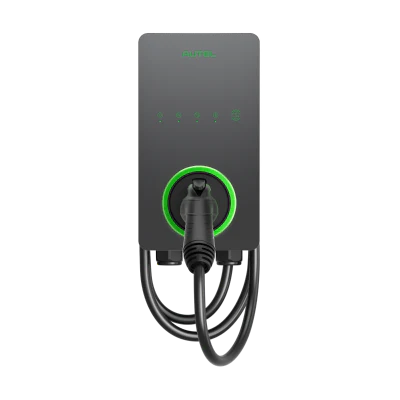
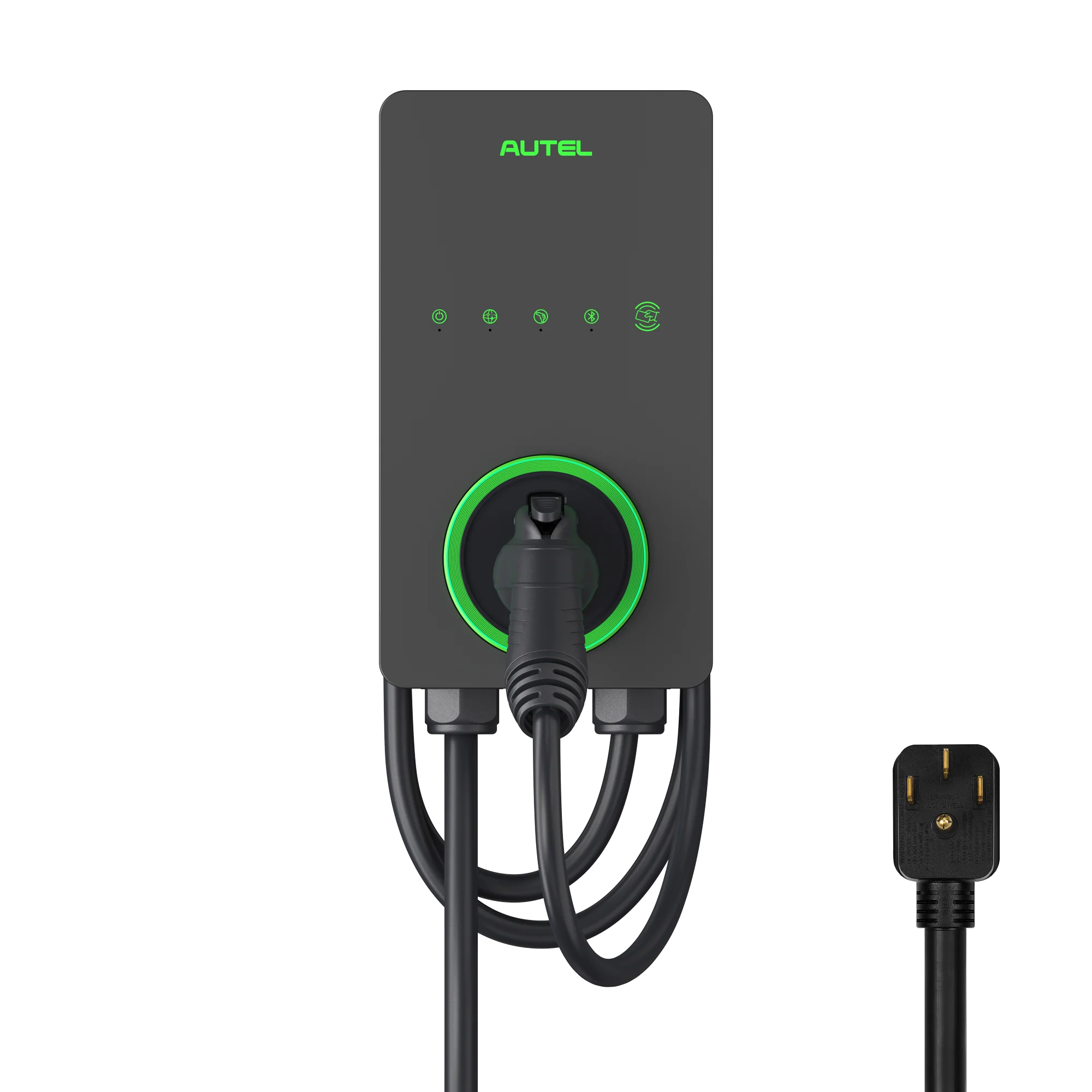
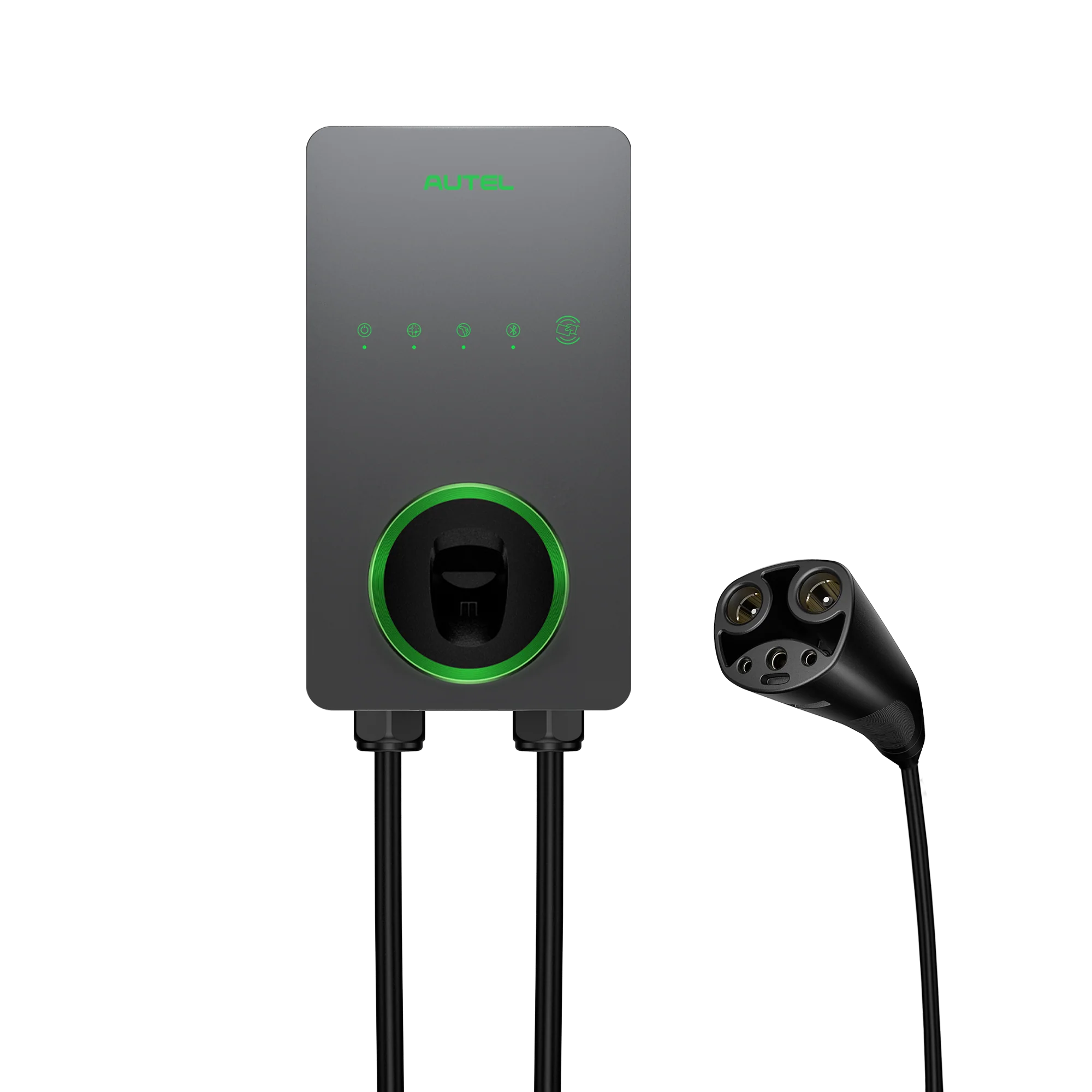
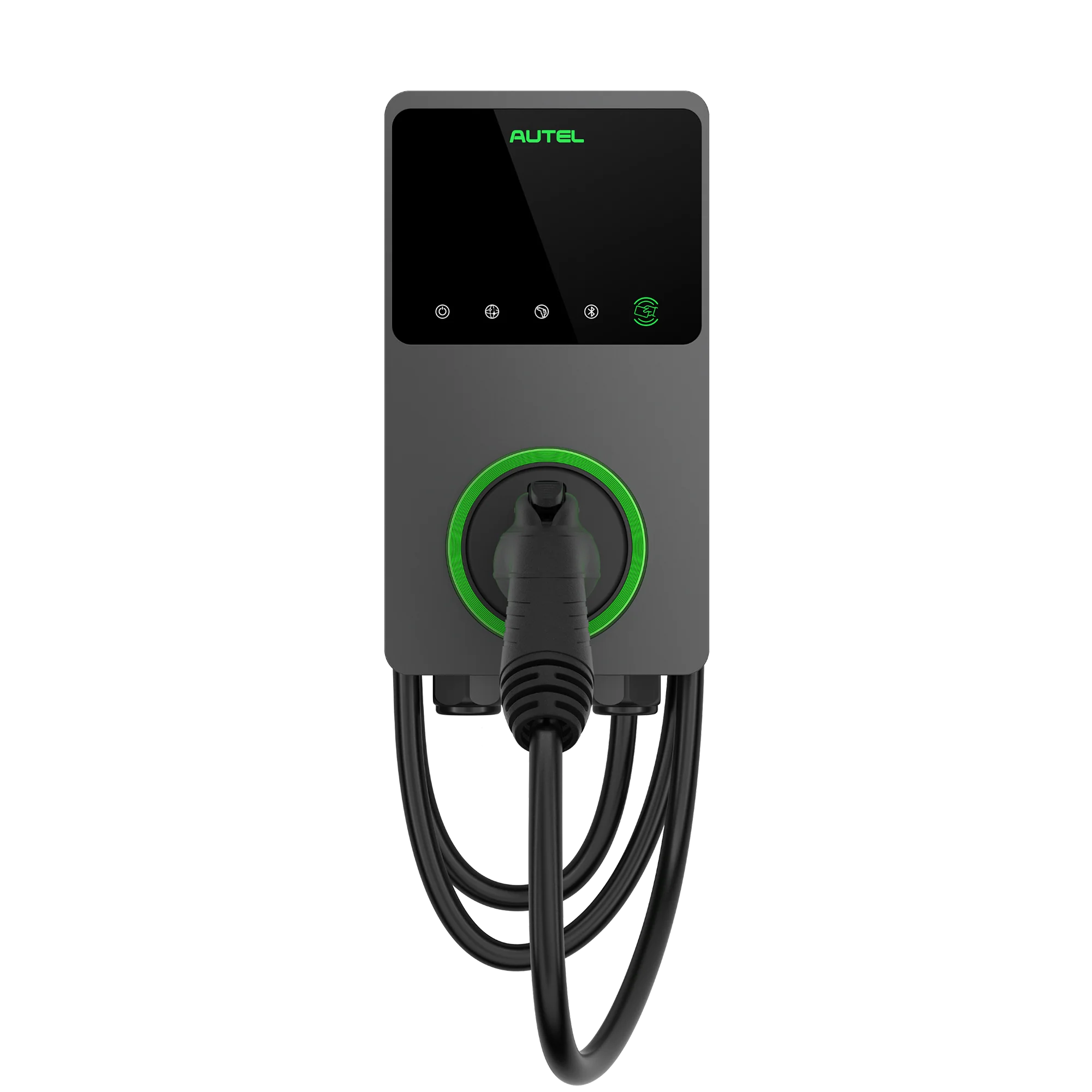
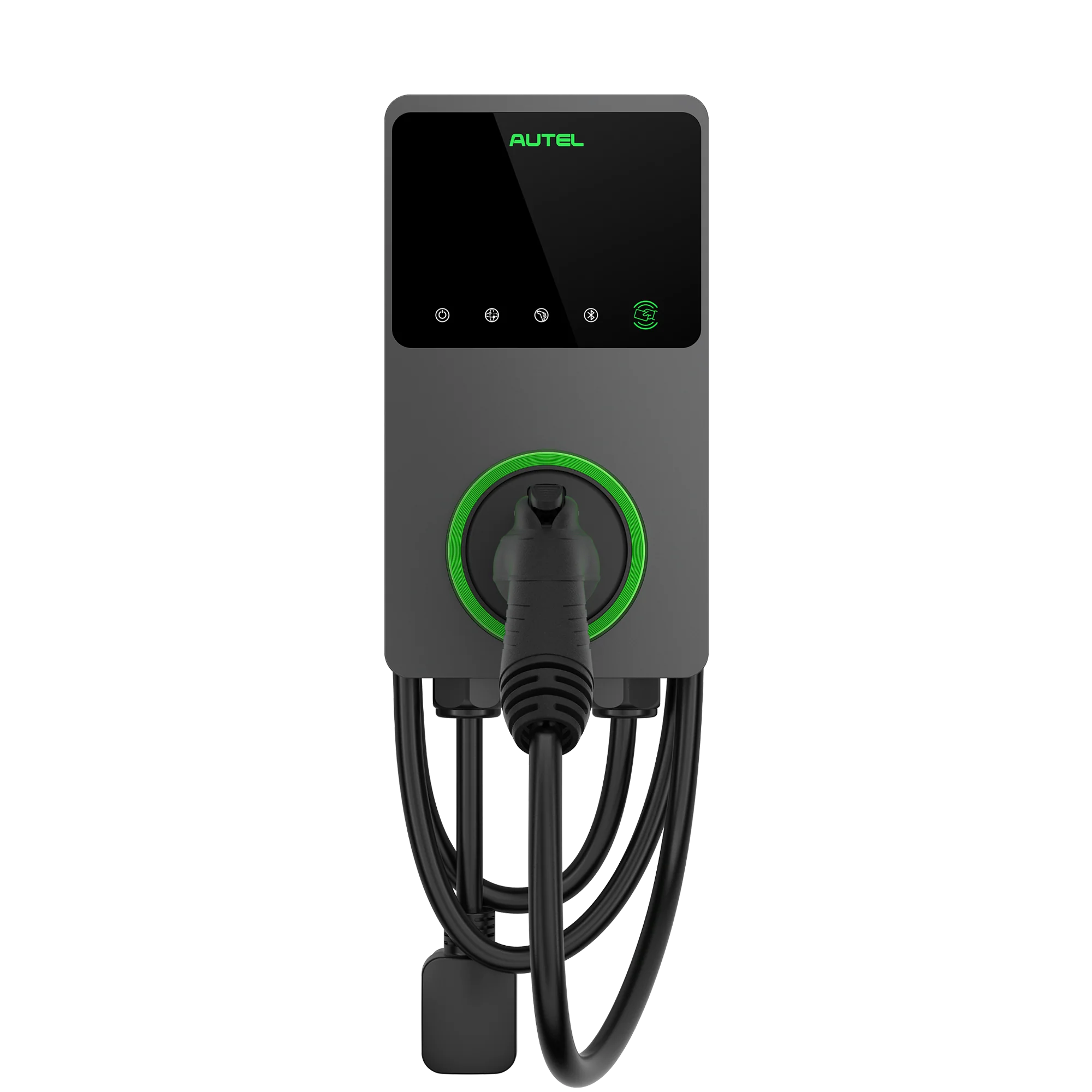

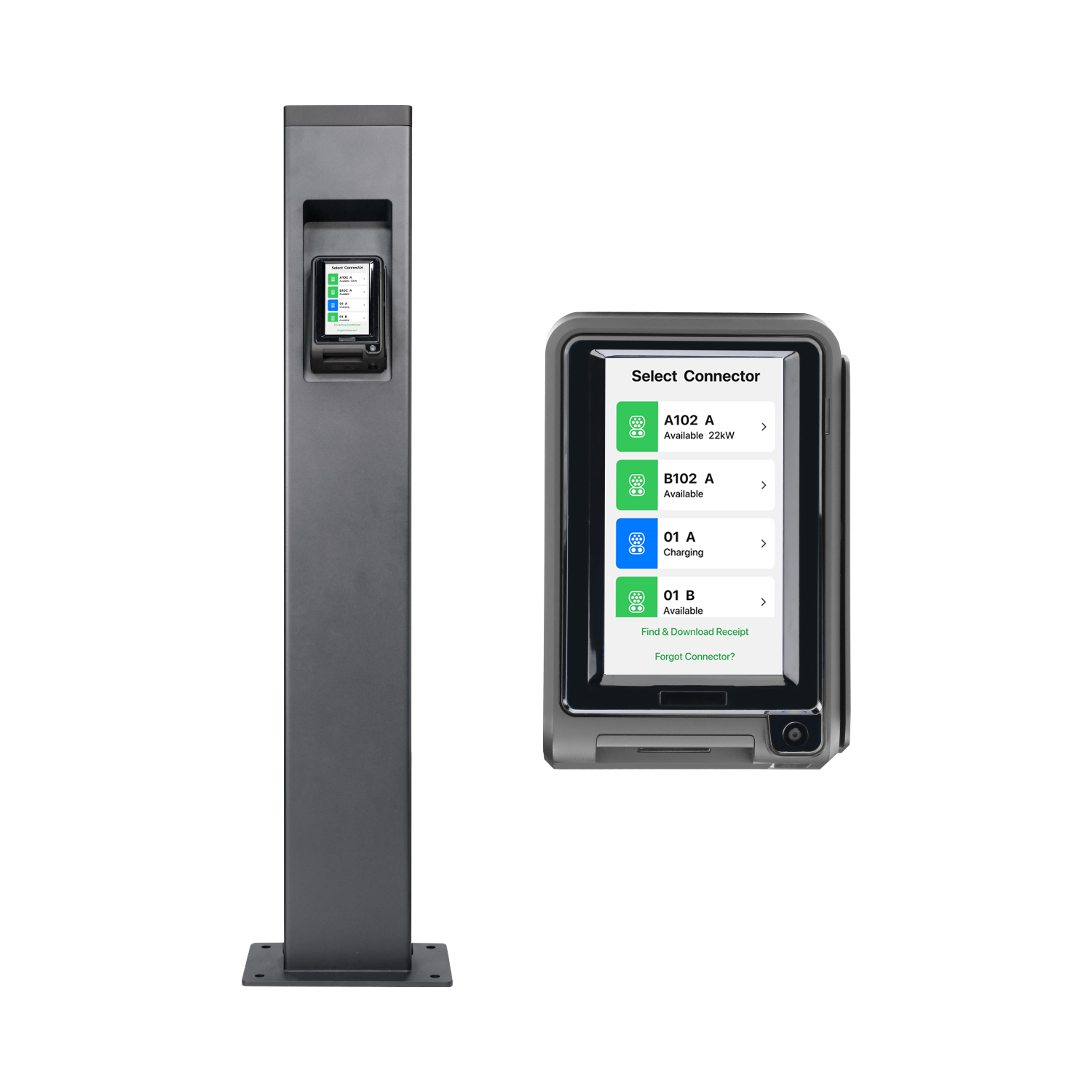
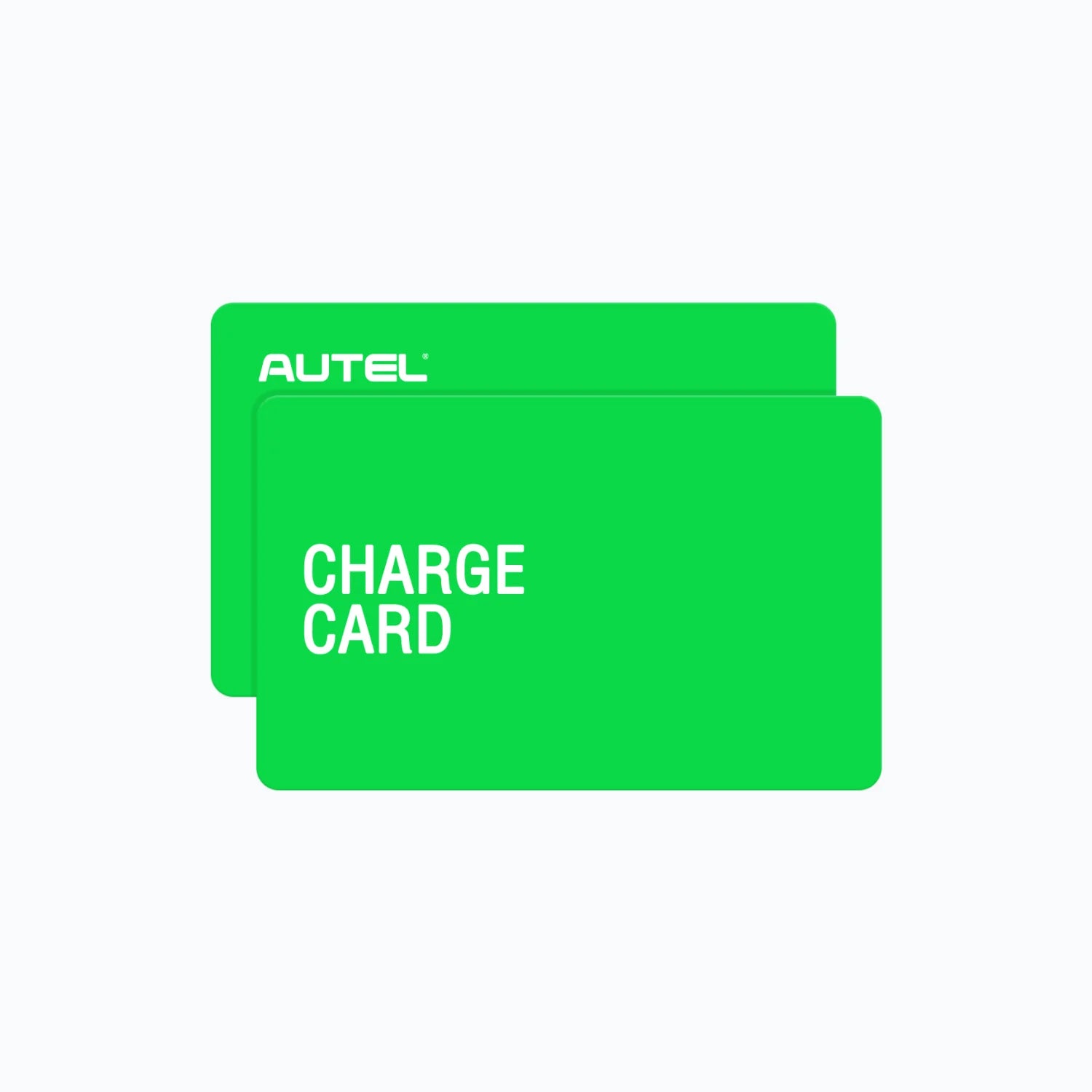
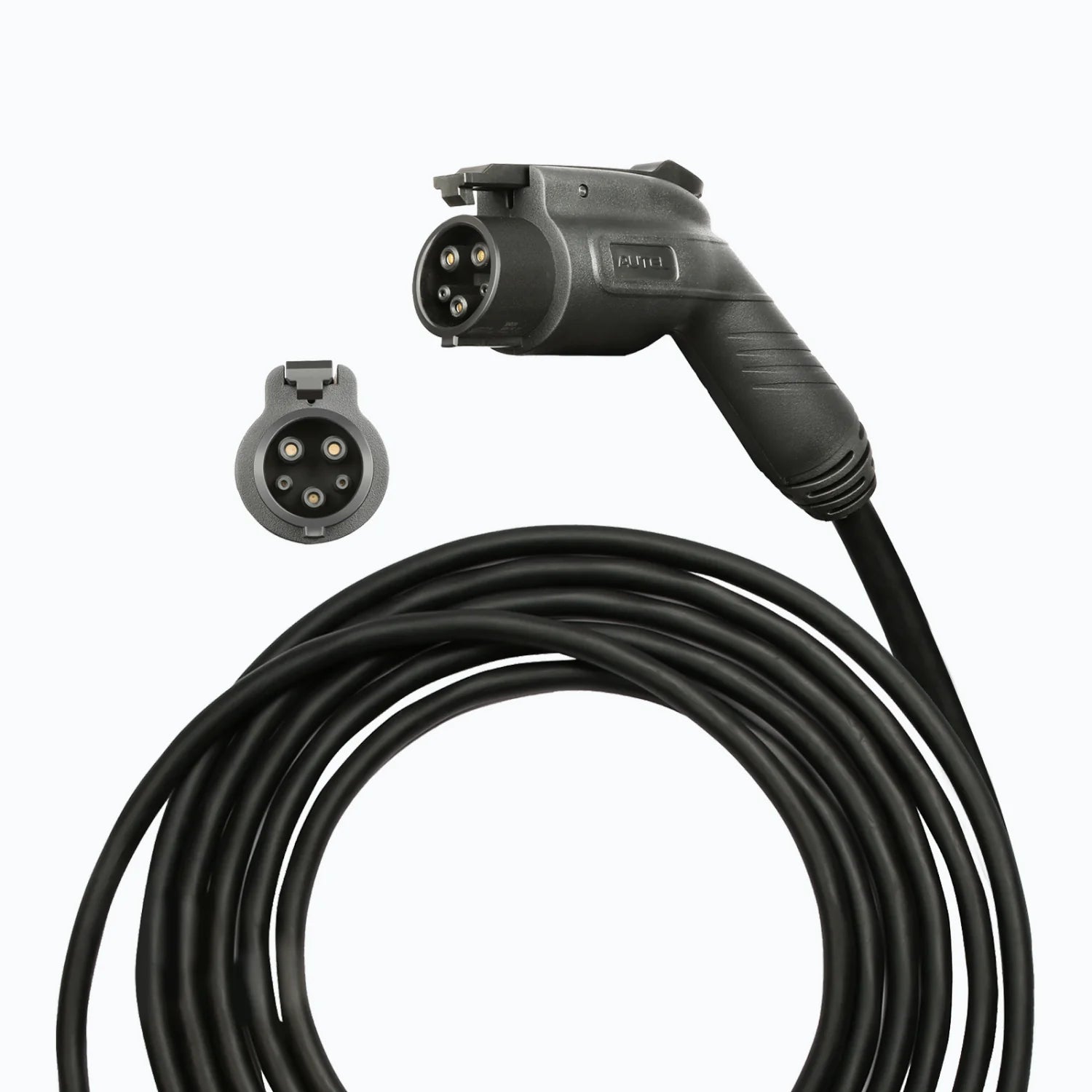
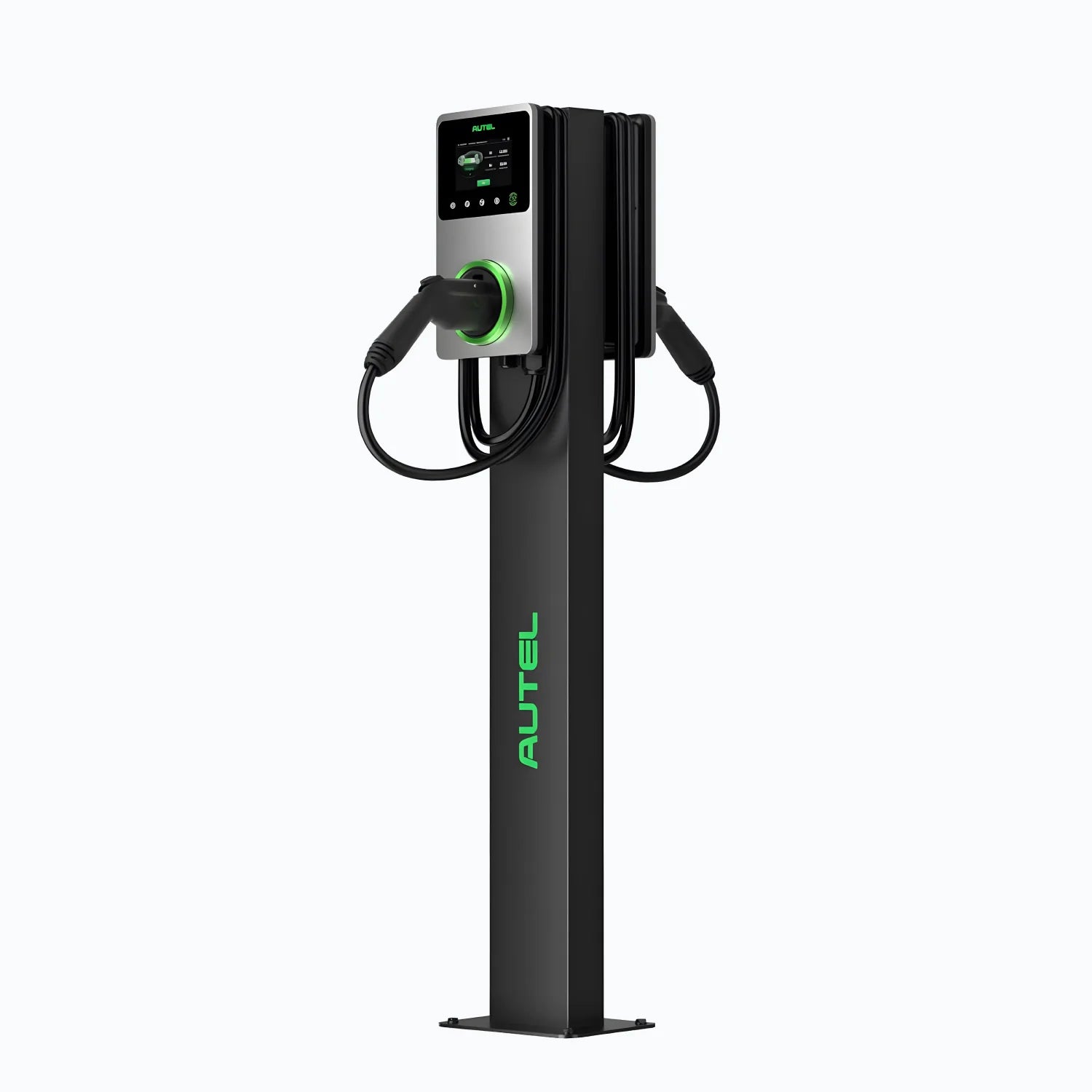
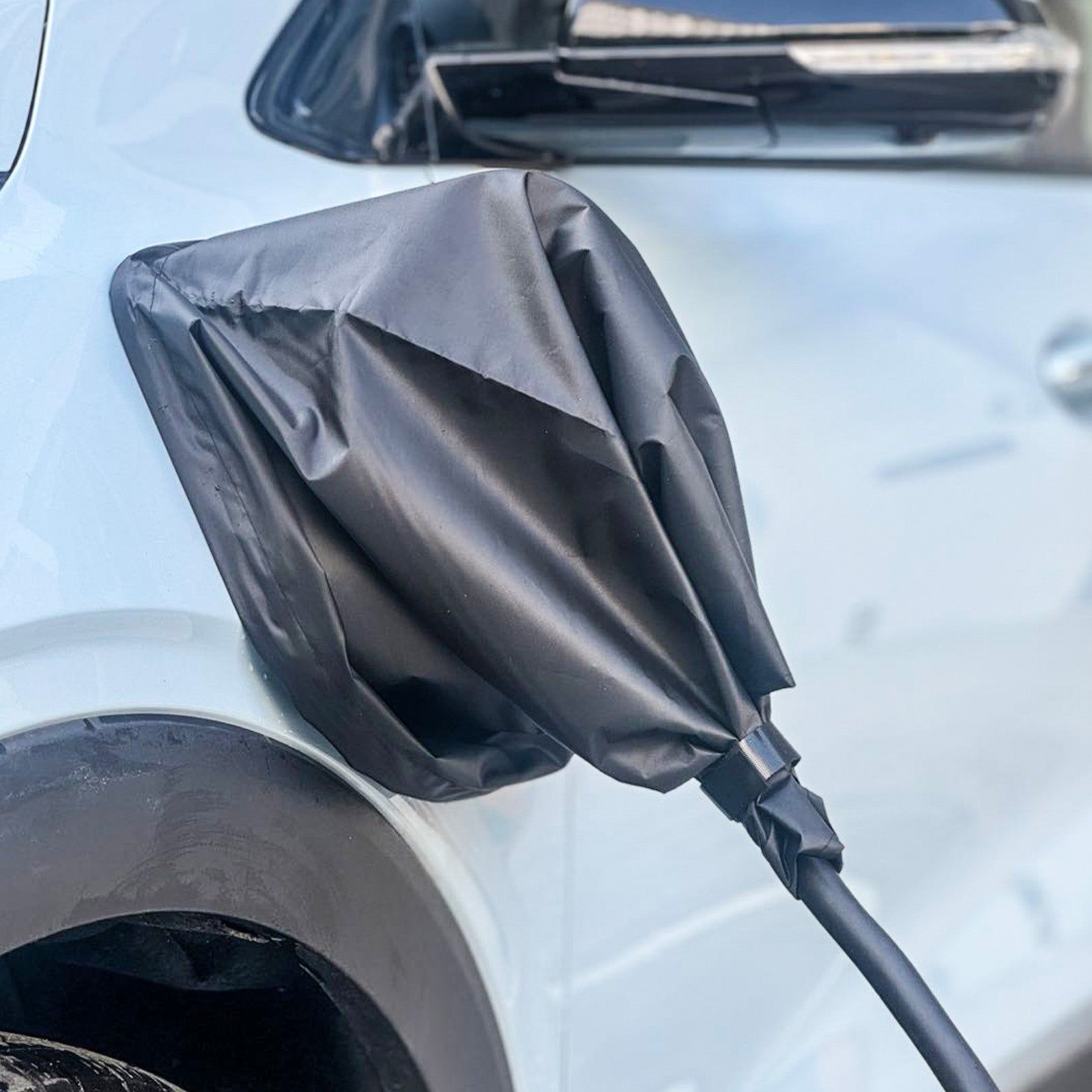
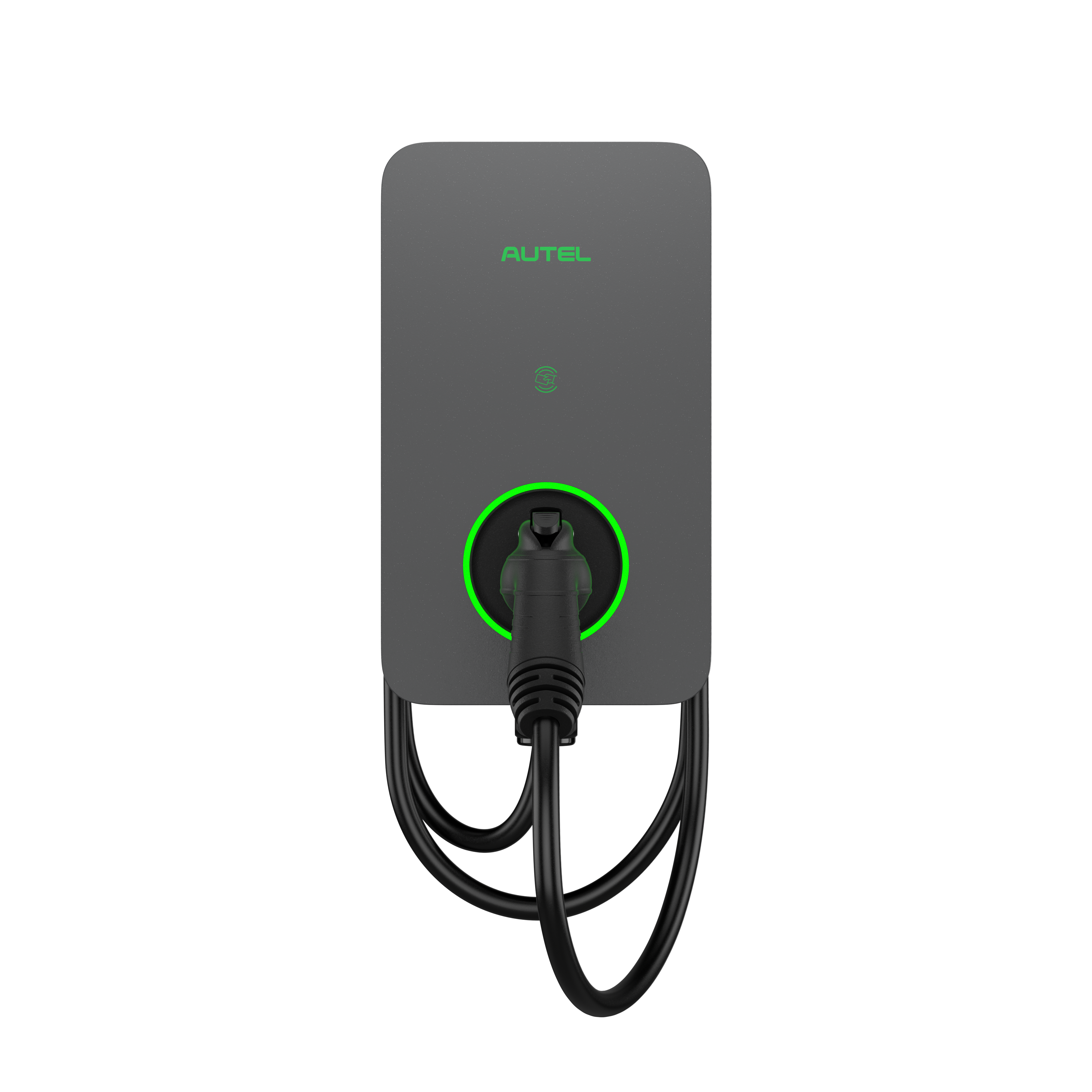
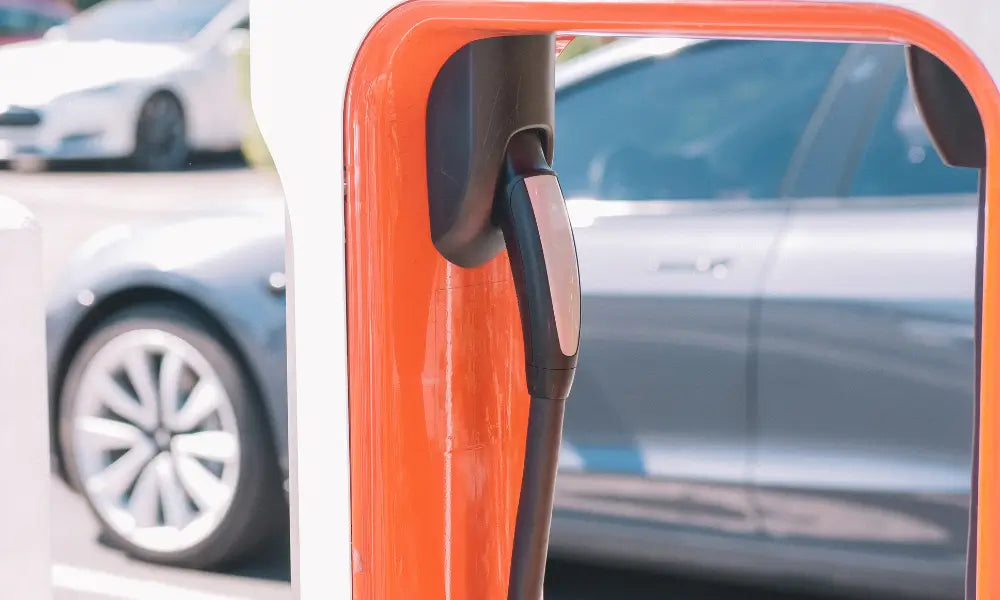
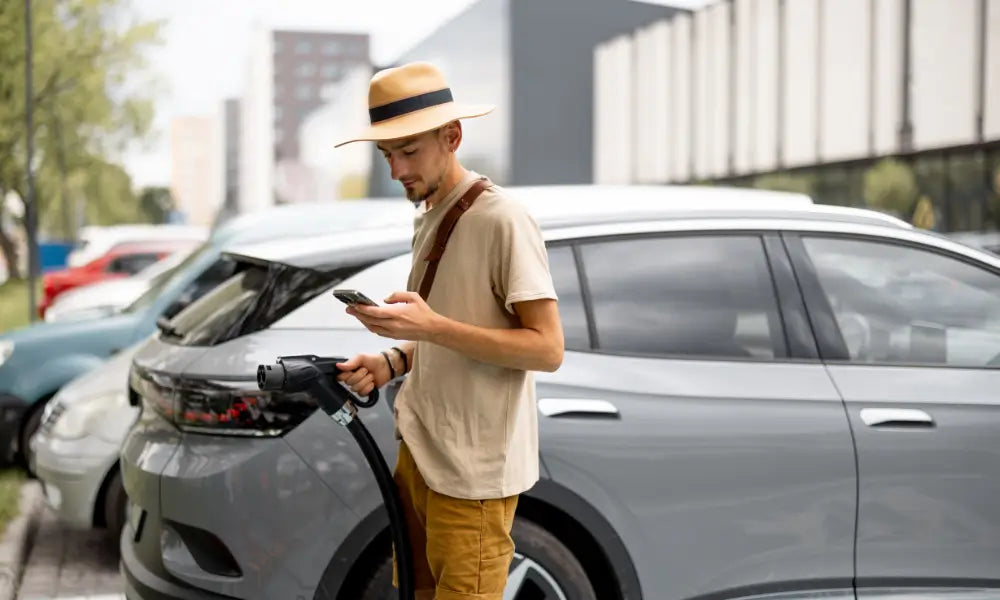
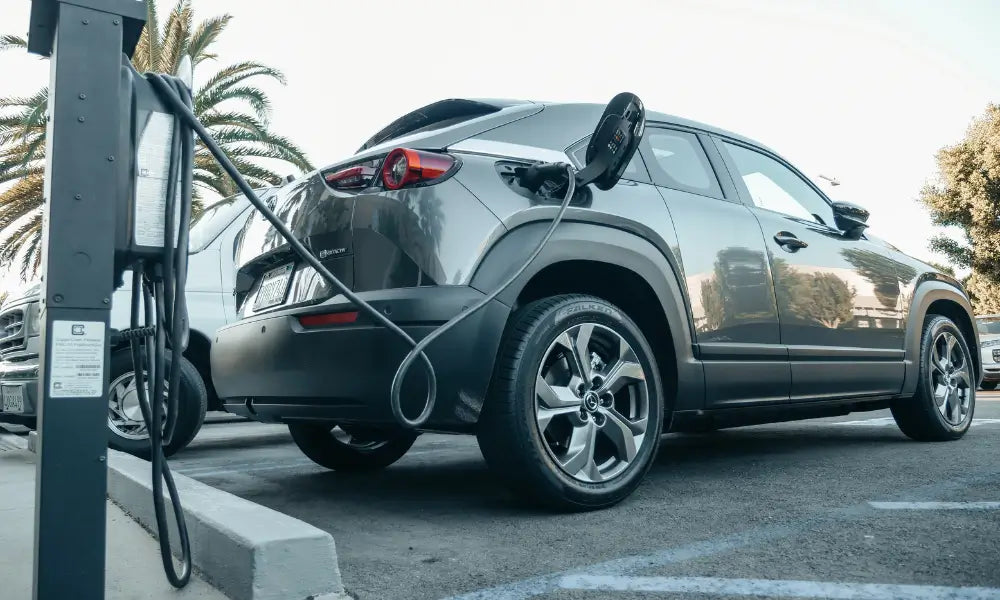
Dejar un comentario
Todos los comentarios se revisan antes de su publicación.
Este sitio está protegido por hCaptcha y se aplican la Política de privacidad de hCaptcha y los Términos del servicio.